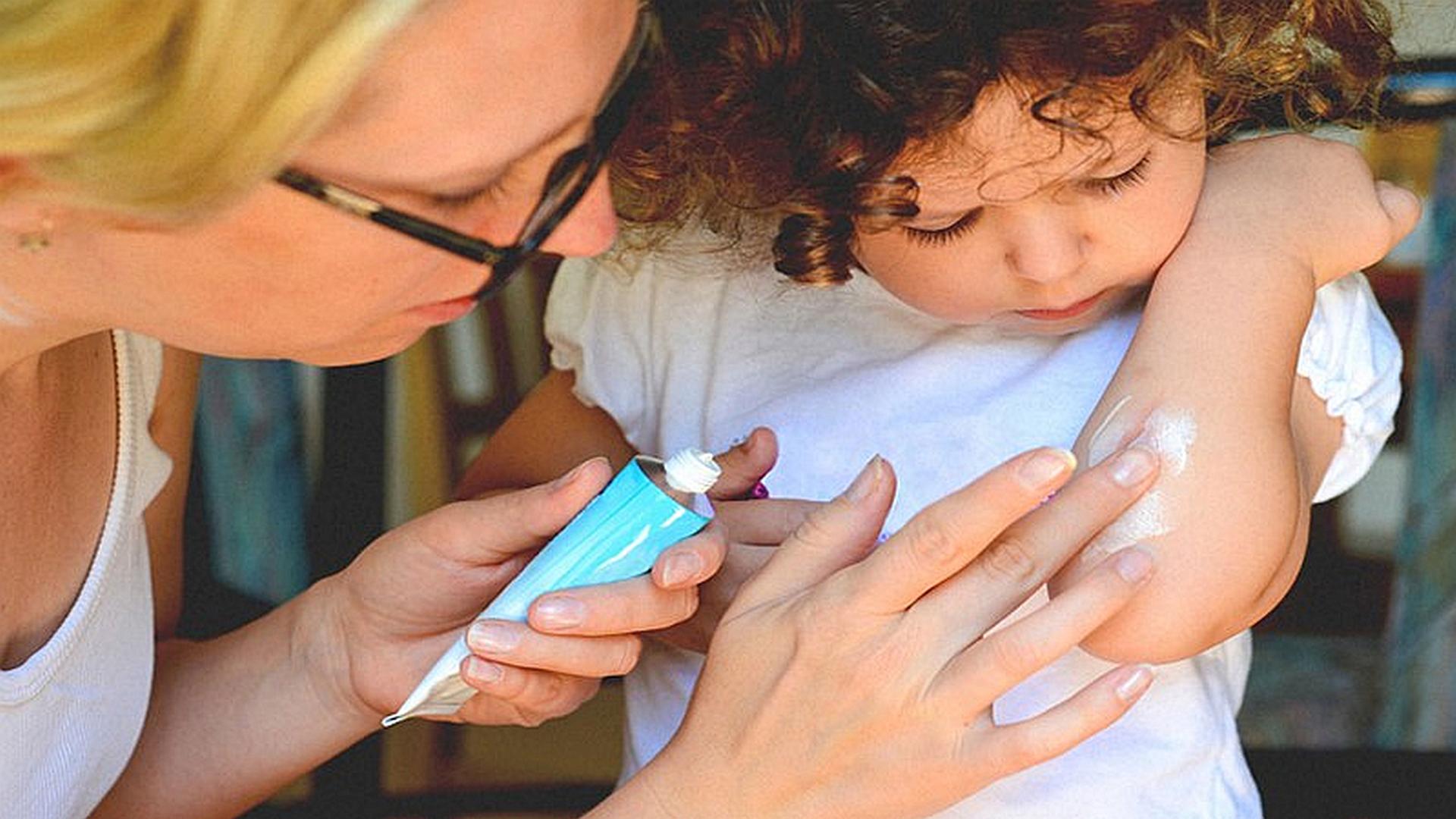With the increase in the aging population around the globe, there has been a significant rise In the burden of chronic wounds. In the elderly, the wound healing process is often impaired due to the presence of multiple comorbidities, malnutrition, and poor skin perfusion. Therefore, treatment strategies aimed at reducing suffering should be considered. The concept of palliative care for patients with chronic wounds is still relatively new. This article will explore palliative wound care and its differences from traditional or curative wound care.
What Is Palliative Wound Care?
There is a common misconception that palliative wound care is a 'defeatist' approach to wound management. While it is true that, unlike curative wound care which is outcome-driven, complete recovery of the wound is less of a priority. There is a greater emphasis on patient comfort and symptomatic relief. However, it is not synonymous with the complete and total withdrawal of care and treatment from the patient.
Palliative wound care can be described as a holistic, patient-centered approach that integrates principles of palliative care in chronic wound management. Even though complete recovery is the ultimate aim of wound care, it is not always feasible. Skin, like other body organs, can also experience 'failure'. This can significantly impact the wound healing process. Therefore, complete healing of the wound may not be possible in such scenarios. This is especially true for frail, elderly patients with multiple comorbid. For those patients, treatment aimed at minimizing suffering, discomfort, and pain might be a more viable option. Despite the apparent lack of active treatment, palliative wound care has been linked with an improvement in wound healing rates.
Difference Between Palliative And Curative Wound Care
Traditional or curative wound care is focused on promoting complete wound healing and recovery. However, the goals of palliative care differ from those of curative wound care at a fundamental level. Unlike curative wound care, palliative wound care acknowledges that complete recovery may not always be possible. It also takes into account the psychosocial aspects of wound management. The central theme of palliative wound care is an improvement in the patient’s quality of life. It acknowledges the uncertainty of healing and therefore shifts the goal of treatment towards minimizing suffering.
The treatments employed in curative or traditional wound care might also be painful or uncomfortable for palliative patients. Terminally-ill patients might suffer unnecessarily by aggressive treatments that do not necessarily prolong their life expectancy. At that stage, patients might prioritize comfort over complete recovery, and this is what palliative wound care aims to provide them with. Therefore, unlike curative wound care, there is a greater focus on symptom management.
Attributes of Palliative Wound Care
Palliative wound care involves a multidisciplinary approach to chronic wound management. The goals and objectives of treatment are guided by the needs and wishes of patients and caregivers. Wound care specialists and podiatrists need to establish treatment objectives in collaboration with patients as these can be different from those of the healthcare team. The primary aim of palliative wound care is to manage symptoms of chronic wounds. Some of the goals and attributes of palliative wound care are enlisted below:
- Patient-centered treatment goals
- Stabilization of the wound
- Prevention of trauma to the wound and periwound skin
- Pain relief
- Prevention of infection and sepsis
- Management of wound exudate and odor
- Psychological support
Palliative wound care involves complex wounds and therefore benefits from a multidisciplinary team of wound care specialists, podiatrists, nurses, nutritionists, and psychologists. Another important aspect of palliative wound care is the prevention of skin breakdown. It is an inevitable consequence of decreased skin perfusion as a result of metabolic failure. Terminally-ill patients who are undergoing skin failure are at an increased risk of pressure injuries to the skin. Some other chronic wounds that might be present in palliative patients include ischemic ulcers. Early identification of high-risk patients can help prevent skin breakdown and its complications. Some of the signs include erythematous and temperature changes of the skin.
Conclusion
The demographic trends in wound care are increasingly shifting. The majority of the population with chronic wounds is elderly and terminally-ill. The presence of multiple comorbidities further complicates and delays the healing process. In curative wound care, treatment is driven to achieve complete healing and resolution of the symptoms. Advanced sophisticated wound management techniques are used that can speed up the healing process. However, the goal of palliative wound care is entirely different. With the rise in aging population and complexity of the chronic wounds, the need for palliative wound care is more relevant than ever. Palliative care has a pragmatic and practical approach towards patients at end-of-life. Unlike curative wound care which aims to treat the underlying disease, palliative wound care is more focused on providing symptomatic relief to the patients. It is important for wound care specialists to properly assess the wound and respect patient wishes during palliative wound care.



.webp)

.avif)